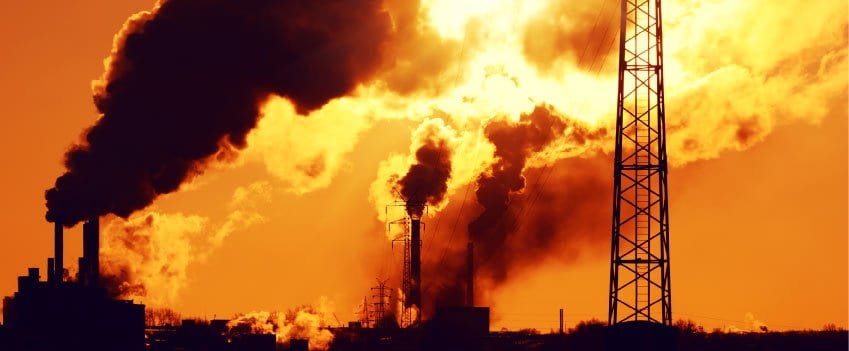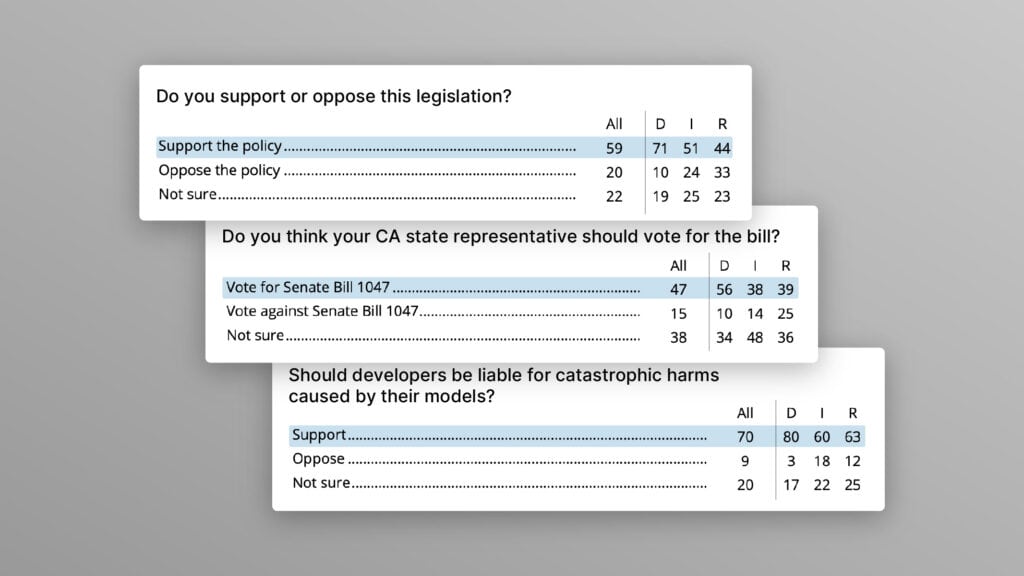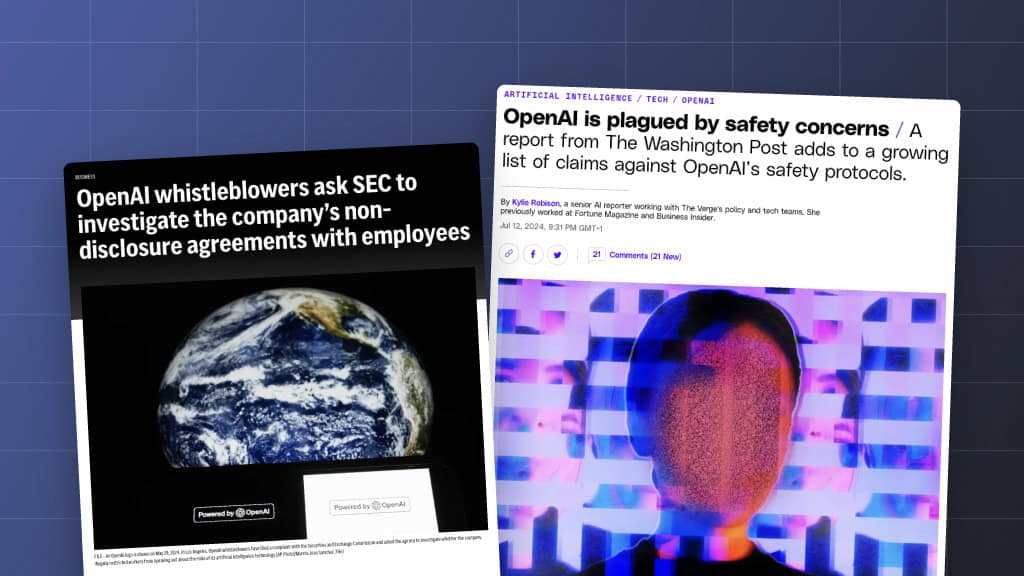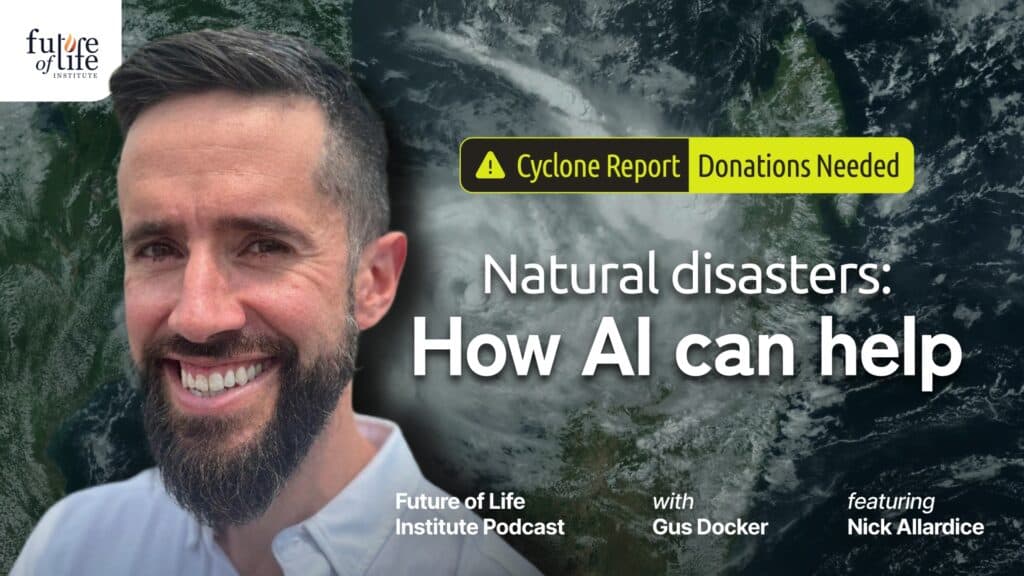As CO2 Levels Rise, Scientists Question Best- and Worst-Case Scenarios of Climate Change

Contents
Scientists know that the planet is warming, that humans are causing it, and that we’re running out of time to avoid catastrophic climate change. But at the same time, their estimates for future global warming can seem frustratingly vague — best-case scenarios allow decades to solve the energy crisis, while worst-case scenarios seem utterly hopeless, predicting an uninhabitable planet no matter what we do.
At the University of Exeter, some researchers disagree with these vague boundaries. Professors Peter Cox, Chris Huntingford, and Mark Williamson co-authored a recent report in Nature that argues for a more constrained understanding of the climate’s sensitivity to carbon dioxide. In general, they found that both the worst-case and best-case scenarios for global warming are far more unlikely than previously thought.
Their research focuses on a measure known as equilibrium climate sensitivity (ECS) — defined as “the global mean warming that would occur if the atmospheric carbon dioxide (CO2) concentration were instantly doubled and the climate were then brought to equilibrium with that new level of CO2.”
This concept simplifies Earth’s actual climate — CO2 won’t double instantly and it often takes decades or centuries for the climate to return to equilibrium — but ECS is critical for gauging the planet’s response to fossil fuel emissions. It can help predict how much warming will come from increases in atmospheric CO2, even before the climate settles into equilibrium.
How hot will it get if atmospheric CO2 doubles?
In other words, what is Earth’s ECS? The Intergovernmental Panel on Climate Change (IPCC) predicts that ECS is between 1.5-4.5 °C, with a 25% chance that it exceeds 4 °C and a 16% chance that it’s lower than 1.5 °C.
Cox and his colleagues argue that this range is too generous. Using tighter constraints based on historical observations of warming, they conclude that doubling atmospheric CO2 would push temperatures between 2.2–3.4 °C higher, with a 2% chance that ECS exceeds 4 °C and a 3% chance that ECS is lower than 1.5 °C. The extremes (both good and bad) of global warming thus appear less likely.
Although some scientists applauded these findings, others are more skeptical. Kevin Trenberth, a Senior Scientist in the Climate Analysis Section at the National Center for Atmospheric Research (NCAR), says the study’s climate models don’t adequately account for natural variability, making it difficult to give the findings much weight.
“I do think some previous estimates are overblown and they do not adequately use the observations we have as constraints,” he explains. “This study picks up on that a bit, and in that sense the new results seem reasonable and could be important for ruling out really major extreme changes. But it is much more important to improve the models and make better projections into the future.”
But When Will Atmospheric CO2 Double?
CO2 levels may not have doubled from pre-industrial levels yet, but they’re increasing at an alarming rate.
In 1958, NOAA’s Mauna Loa observatory opened in Hawaii to monitor atmospheric change. Its first reading of atmospheric CO2 levels clocked in at 280 parts per million (ppm). In 2013, CO2 levels surpassed 400 ppm for the first time, and just four years later, the Mauna Loa Observatory recorded its first-ever carbon dioxide reading above 410 ppm.
The last time CO2 levels were this high, global surface temperatures were 6 °C higher, oceans were 100 feet higher, and modern humans didn’t exist. Unless the international community makes massive strides towards the Paris Agreement goals, atmospheric CO2 could rise to 560 ppm by 2050 — double the concentration in 1958, and a sign of much more global warming to come.

Annual CO2 Emissions from Fossil Fuels by Country, 1959-2017 / Source: Carbon Brief
Avoiding the worst, while ensuring the bad
On the one hand, Cox’s findings come as a sigh of relief, as they reduce uncertainty about ECS and renew hope of avoiding catastrophic global warming.
But these results also imply that there’s very little hope of achieving the best-case scenarios predicted by the Paris Agreement, which seeks to keep temperatures at or below a 1.5 °C increase. Since atmospheric CO2 levels could plausibly double by midcentury, Cox’s results indicate that not only will temperatures soar past 1.5 °C, but that they’ll quickly rise higher than Paris’ upper limit of 2 degrees.
Even 2 °C of warming would be devastating for the planet, leading to an ice-free Arctic and over a meter of sea level rise — enough to submerge the Marshall Islands — while leaving tropical regions deathly hot for outdoor workers and metropolises Karachi and Kolkata nearly uninhabitable. Deadly heat waves would plague North Africa, Central America, Southeast Asia, and the Southeast US, while decreasing the yields of wheat, rice and corn by over 20%. Food shortages and extreme weather could trigger the migration of tens of millions of people and leave regions of the world ungovernable.
This two-degree world might not be far off. Global temperatures have already risen 0.8 degrees celsius since pre-industrial levels, and the past few years have provided grave indications that things are heating up.
In January, NASA announced that 2017 was the second-hottest year on record (behind 2016 and ahead of 2015) while NOAA recorded it as their third-hottest year on record. Despite this minor discrepancy, both agencies agree that the 2017 data make the past four years the hottest period in their 138-year archives.
Global warming continues, and since the climate responds to rising CO2 levels on a delay of decades, there is more warming “in the pipeline,” no matter how quickly we cut fossil fuel emissions. But understanding ECS and continuing to improve climate models, as Dr. Trenberth suggests, can provide a clearer picture of what’s ahead and give us a better idea of the actions we need to take.
About the Future of Life Institute
The Future of Life Institute (FLI) is a global think tank with a team of 20+ full-time staff operating across the US and Europe. FLI has been working to steer the development of transformative technologies towards benefitting life and away from extreme large-scale risks since its founding in 2014. Find out more about our mission or explore our work.
Related content
Other posts about Climate & Environment, Recent News

The U.S. Public Wants Regulation (or Prohibition) of Expert‑Level and Superhuman AI

Poll Shows Broad Popularity of CA SB1047 to Regulate AI


